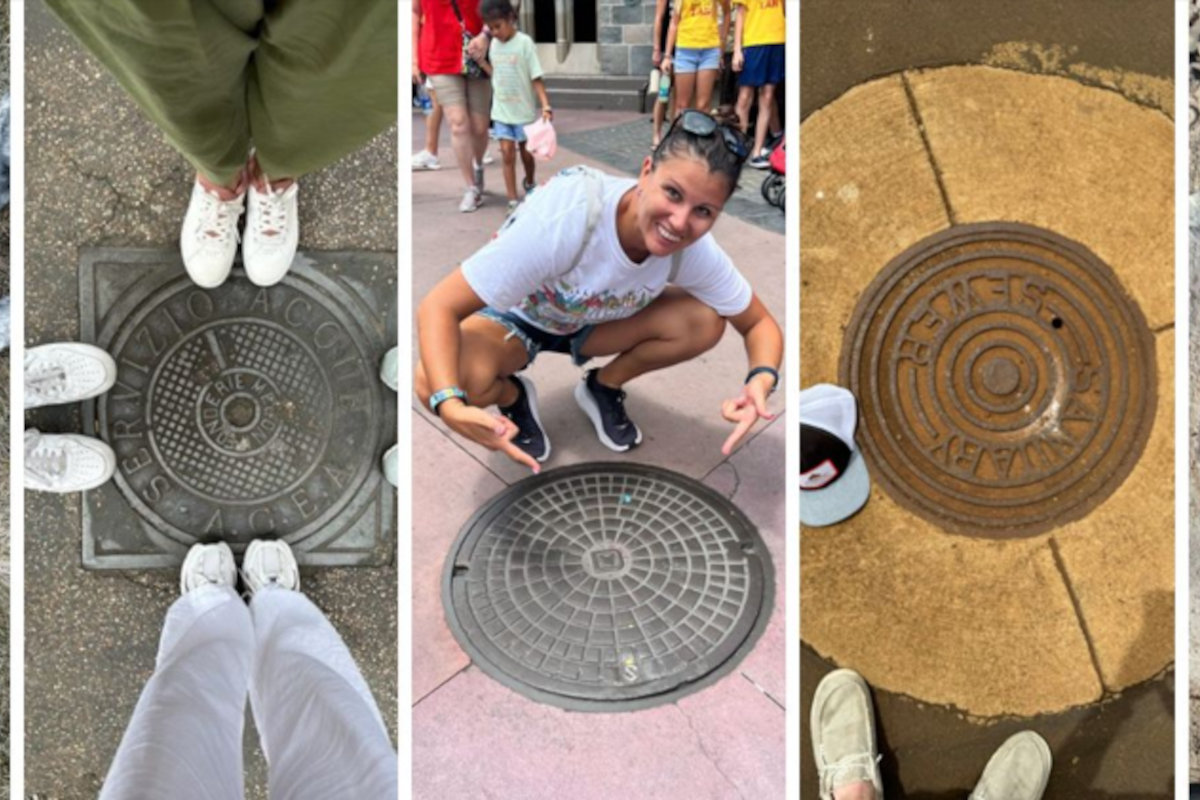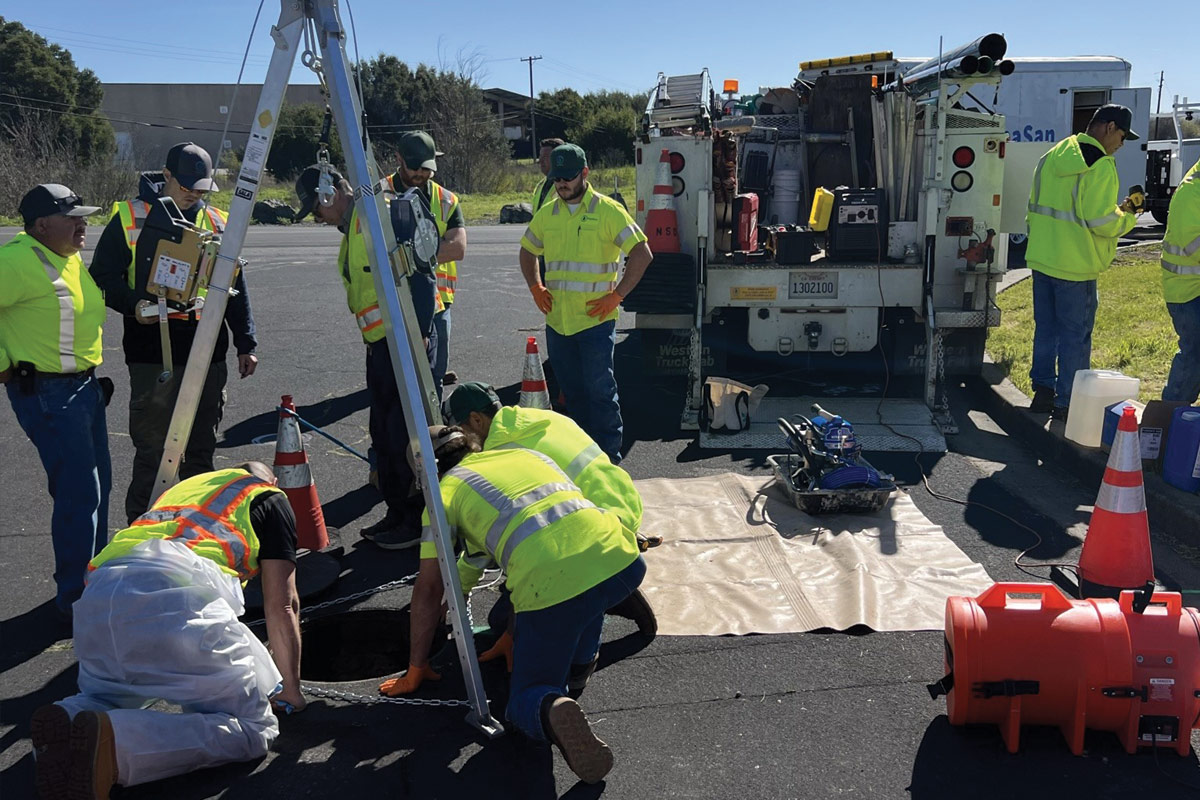
Video Pipe Inspection & Sewer Line Mapping to Prevent Cross Bores
The City of Fremont, California, is the fourth-largest city in the San Francisco Bay Area at 88.46 square miles.
It was no small task to install fiber-optic cable throughout this expansive municipality — even for the large telecommunications firm tackling the job.
Fortunately, the fiber was installed using horizontal directional drilling (HDD), which meant little-to-no trenching or other surface disturbance.
And even more fortunate for the city’s residents was that the city mandates that video pipe inspections be completed on its sewer system both before and after any directional drilling work occurs. This is to ensure that no cross bores — inadvertent intersections of utilities — are created during the installation of the new utilities.

Ground Penetrating Radar Systems LLC (GPRS) conducted the post-installation inspection during the fiber installation project. The firm, which specializes in infrastructure visualization services such as utility locating and video pipe inspection, discovered that — in 10 different locations — the fiber had been inadvertently cross bored into the city’s sewer system.
Trenchless technology allows new utilities to be installed with minimal impact to existing surface features. However, there is a risk of accidentally piercing or otherwise damaging existing subsurface infrastructure because the installer can’t see or feel what they are drilling through as they create the channel through which the utility will run.
Cross bores risk the reputation of those that utilize directional drilling or other trenchless technologies. They can cause service interruptions, soil contamination, and — if gas lines are involved — explosions.
“The majority of what we see is telecom lines, gas lines or fiber lines intersecting with sewer or storm lines,” explained GPRS director of pipe inspection services Kyle Humphreys. “When you’re talking about gas lines, gas could get into residential homes and cause explosions. A cross-bored sewer line could get backed up and cause major damage to sewer or storm lines.”

Requiring video pipe inspections both before and after horizontal directional drilling occurs not only mitigates the risk of cross bores, it also gives the system owner — in this case a municipality — an opportunity to obtain a hyper-accurate map of the sewer system.
The remote-controlled rovers that GPRS project managers use for video pipe inspections come equipped with sondes — instrument probes that allow them to ascertain the location of underground utilities from an inaccessible location.
Using electromagnetic (EM) locators from the surface, the project managers can detect the sonde while the rover is navigating the sewer system. This means they can map the system at the same time they evaluate it for defects such as cross bores.
GPRS project managers go through both the Subsurface Investigation Methodology (SIM) and National Association of Sewer Services Companies (NASSCO) certification programs as part of their training.
SIM is the industry-leading certification program for utility locators and concrete scanning professionals. It requires 320 hours of field training, and 80 hours of classroom training, both of which include real-world scanning scenarios that prepare participants for what they’ll encounter in the field. During this training, participants learn to use EM locating in concert with ground penetrating radar to locate and map underground utilities.
NASSCO’s Pipeline Assessment Certification Program (PACP), Lateral Assessment Certification Program (LACP), and Manhole Assessment Certification Program (MACP) teach GPRS Project Managers how to consistently and accurately assess the condition of pipelines, laterals, and manholes. These training programs are designed to give inspectors the tools they need to conduct a sewer video inspection to the highest absolute standard, ensuring sewer systems can be assessed and maintained to the highest possible level.
When GPRS Project Managers conduct a VPI, the client receives a comprehensive package of information that includes detailed descriptions of any pipe defects found, and video footage and screenshots of those problems. The defects are ranked by severity and geolocated, so the client knows what needs to be addressed first and exactly where they need to dig.
In Fremont, GPRS Project Managers located the 10 cross bores so they could be mitigated before they caused the city any trouble, and before they could hurt the reputation of the firm that installed the fiber. The city also walked away from the project with a comprehensive, up-to-date map of its sewer system that will aid them during future maintenance and repair projects.
Blake Bacho is a member of the GPRS marketing team.




